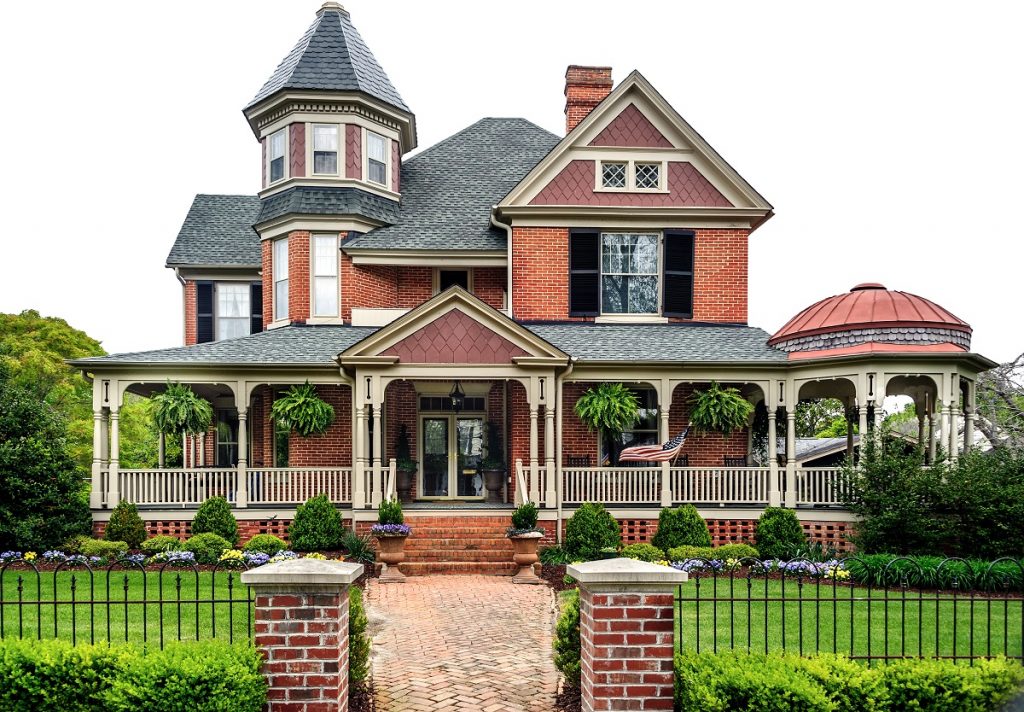The older a home is, the more problems there tend to be. Lack of maintenance, previous damage, and the age of the house itself makes it more prone for an older home to have “illnesses” that you eventually have to deal with at one point or another.
Electrical problems are just the tip of the iceberg for common old house ailments, but they are some of the most hazardous. A single piece of faulty wiring can be enough to start a house fire. In worst cases, electrical problems can cause electrical shocks, which can be fatal when intense.
To ensure that your home is safe, make it a point to address these electrical problems as soon as possible:
-
Dead outlets
It is common for an old house to have dead outlets in some rooms. If you find one or more outlets not working, it may be due to a tripped connection, melted wires or outlets, or a blown fuse. Fortunately, fixing a dead outlet can be as easy as replacing the blown fuse or tripped breaker on the electrical panel. But if this solution doesn’t work, call in an electrical installation service to take a look; there may be another underlying issue that is causing the problem.
-
Flickering or dimming lights
Flickering or dimming lights is another common problem in old houses, which is probably why old haunted houses in movies always use flickering lights as an atmospheric effect. However, flickering or dimming lights is more than just an inconvenience (or a scary effect)—when left ignored, the faulty connections causing this problem can lead to sparking, overheating, and even a house fire.
If only one light is flickering or dimming, check to see if the bulb is loose and needs tightening to function properly. Otherwise, you may need to call in an electrician to inspect your home’s wiring for poor connections.
-
Overlamping
Some old houses do not have wattage limits indicated on the light fixtures, and it may be possible that the bulbs installed on them have a higher wattage than they are designed for. If a bulb has a higher wattage than the fixture, the excessive heat from the bulb can result in arcing (sparks that jump from one wire to another), which is a common cause of electrical fires.
To avoid this problem, go around the house and inspect all the light fixtures if the bulbs installed are just the right wattage. If the fixture is unmarked (which is common in old houses), use bulbs at or below 60 watts.

-
Frequent breaker trips
The home’s old electrical system may not handle the demand of all the fixtures, appliances, and other electrical items in the house. This is because people back then did not use a lot of things that used electricity. So if your breakers are frequently tripping, it is a sign that you need to add a circuit or upgrade your electrical service entirely. Either way, consult with an electrician first to see if there is no other underlying problem behind the frequent breaker trips.
-
Uncovered junction boxes
Junction boxes house the splices where electrical wires meet. If the wires are exposed, there is a chance that a person might get shocked if they accidentally touch it.
If there are uncovered junction boxes in your home, install new covers on them. This is especially important if they are within reach and if you have children in the house. Junction box covers are very cheap, and you can install them on your own with a screwdriver.
-
Lights flickering when it is windy
Do you notice the lights flickering when it’s particularly windy outside? If so, the weatherhead is likely causing a short whenever the cables move with the wind. Aside from the inconvenience, the frayed or damaged wiring on the weatherhead can start a fire. And if it’s windy, that fire can spread quickly across your roof.
As soon as you notice this problem, contact your electrical utility company for a replacement. Most companies replace weatherheads for free, so you don’t have to worry about the cost.
An old home can have a lot of electrical problems, given its age and all the wear and tear it has been through over the years. If you are currently living in an older home or are planning to buy one, be wary of these common electrical issues and address them immediately when they arise. Failure to do so can cause many inconveniences or, worse—electrical fires. It’s better to prevent problems early than make it possible for a worse issue.

